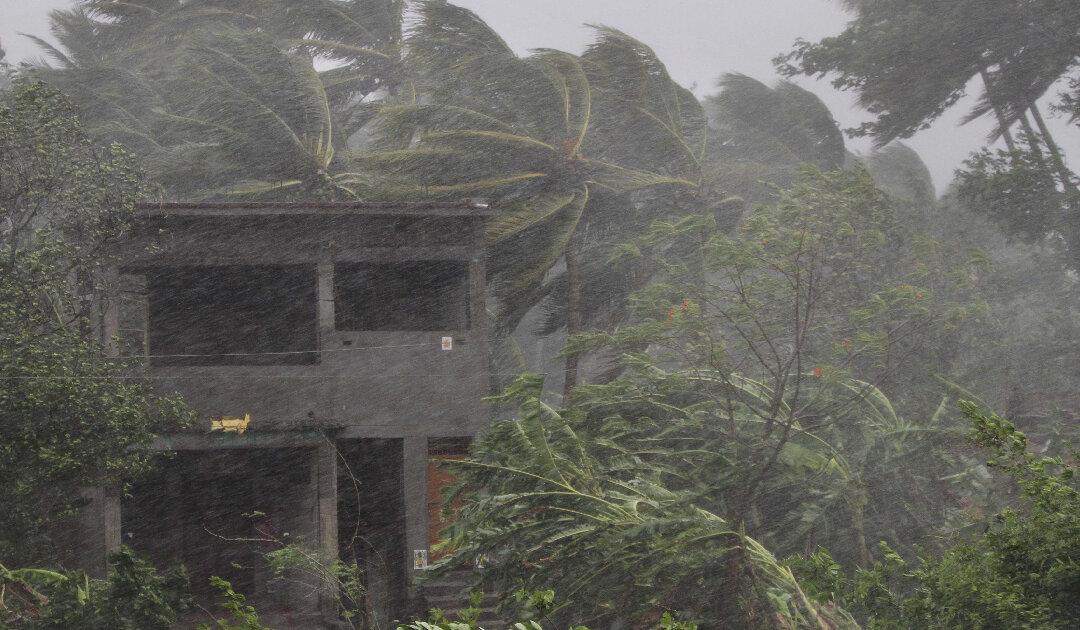Cyclone Fani has made landfall on India’s eastern coast as a grade 5 storm, lashing the emptied beaches with rain and wind gusting up to 205 kilometers (127 miles) per hour.
There were no early reports of casualties.

Cyclone Fani has made landfall on India’s eastern coast as a grade 5 storm, lashing the emptied beaches with rain and wind gusting up to 205 kilometers (127 miles) per hour.
There were no early reports of casualties.